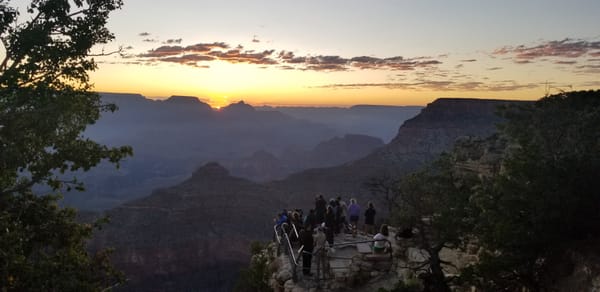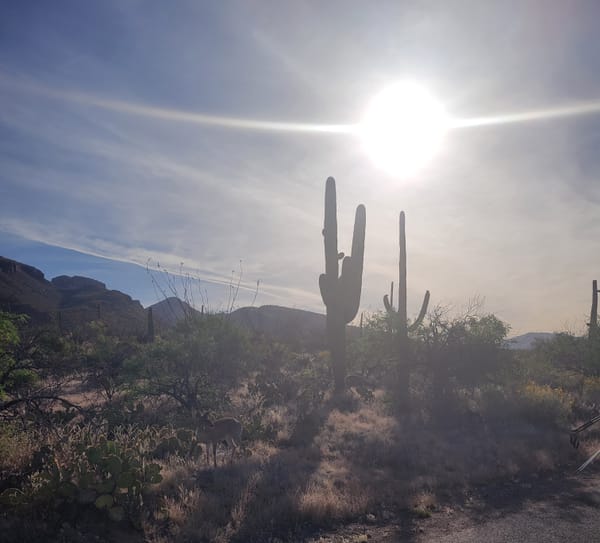Tumacácori National Historical Park: The Mission Time Forgot
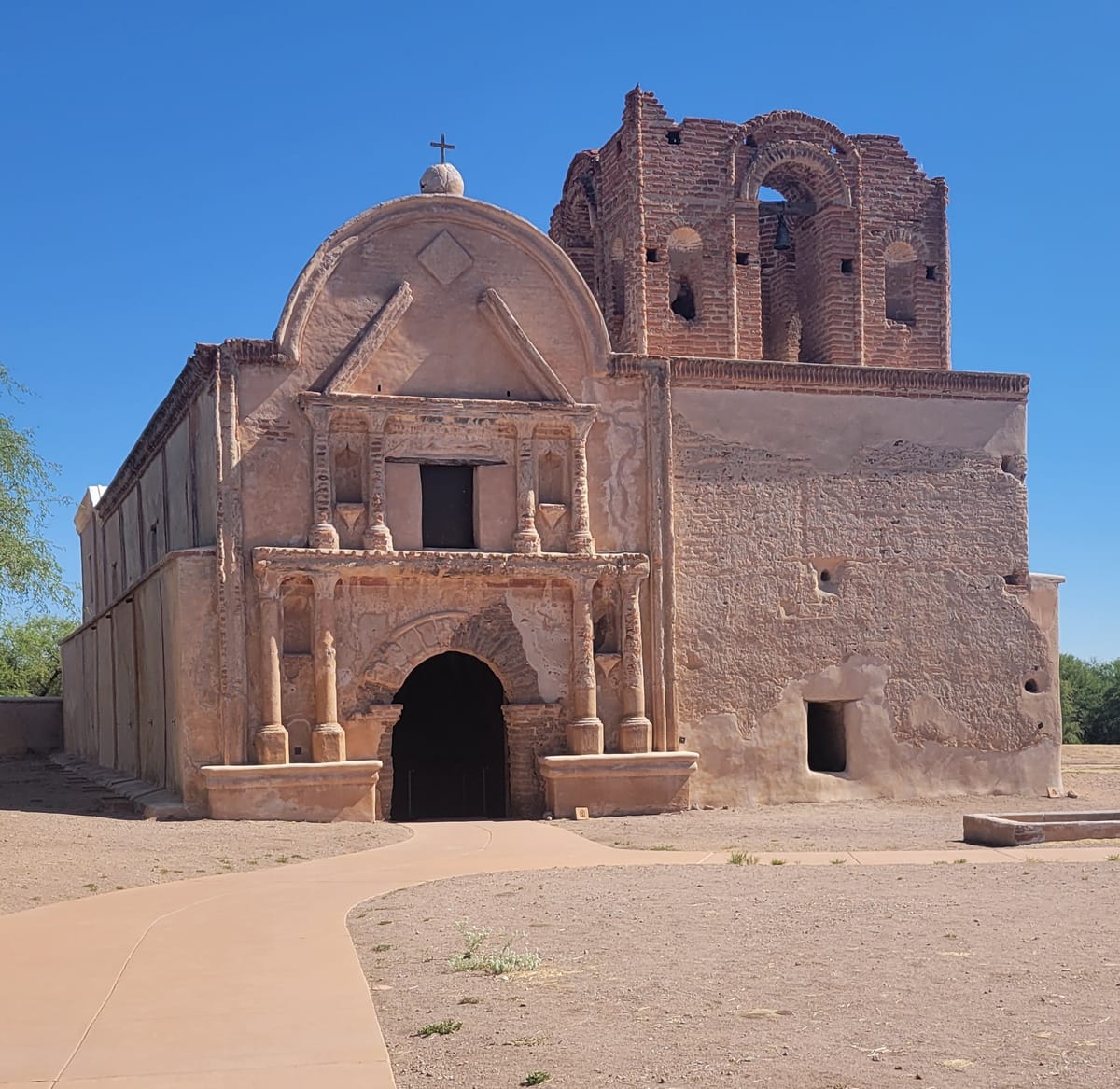

What stands today is the shell of a mission that saw centuries of survival, resistance, and slow decay. It is not the most visited park in Arizona. It is not the loudest or the biggest. It is one of the oldest, and it still carries the weight of everything that happened here.
Mission San José de Tumacácori was founded in 1691 by Jesuit missionaries. Long before anything in Arizona looked like the Arizona we know today. The church that stands now was built in the 1800s by the Franciscans after the Jesuits were forced out. They never finished it. They were caught in a cycle of raids, disease, war, and abandonment. By the time the mission was finally abandoned in 1848, it had already lived through generations of survival and hardship.
What is left behind is not polished or pristine. The adobe walls are cracked. The roof is patched together. Paint still clings to parts of the interior walls. You can see where the altar stood and where old wooden beams hold up the ceiling. There is no electricity inside the church. When you walk in, it smells like earth and time.
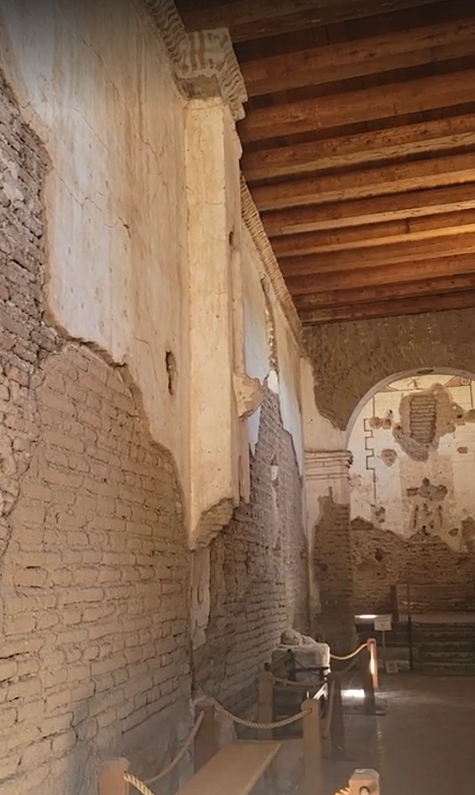
Outside the church is a dusty courtyard, an old graveyard, and a visitor center with exhibits that explain the history of the region. There are artifacts, old tools, maps, and information about the Indigenous people who lived here long before the Spanish arrived. This includes the O’odham, Yaqui, and Apache communities, all of whom had their lives disrupted by colonial forces.
This place is quiet, but it does not feel empty. It feels layered, like every step is brushing up against something that came before. It is full of memory. You can hear the wind move through the mesquite trees and feel the weight of history in the walls, the bricks, and the packed dirt beneath your feet.
If you take the trail that runs behind the church, you’ll end up on a stretch of the Juan Bautista de Anza National Historic Trail. It is a simple dirt path that traces part of the old route used during the Spanish colonization of California. It follows the Santa Cruz River, which once gave life to the people who lived and worked here. The water is not always visible, but its presence is still there in the green trees and the cooler air.
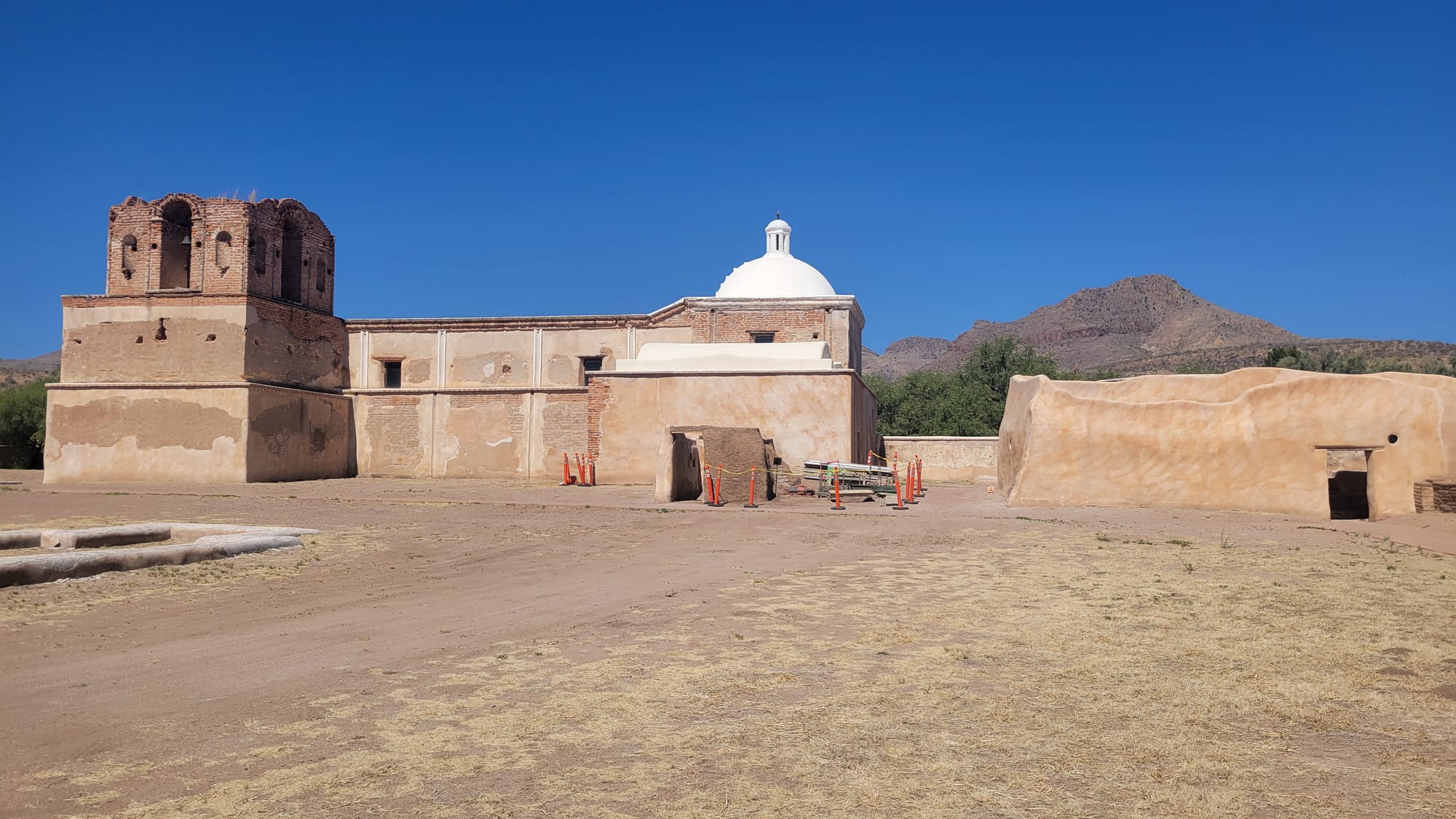
Tumacácori is not a flashy destination. There are no reenactments or big crowds. Most of the time, you’ll have the church to yourself. It is not a place that tries to entertain. It is a place that lets you stand still and feel the weight of what came before.
You do not need to be religious to appreciate it. You only need to respect the history and the people who came through this place, whether they were seeking refuge, forced to labor, or trying to find a home in the middle of an unforgiving desert.
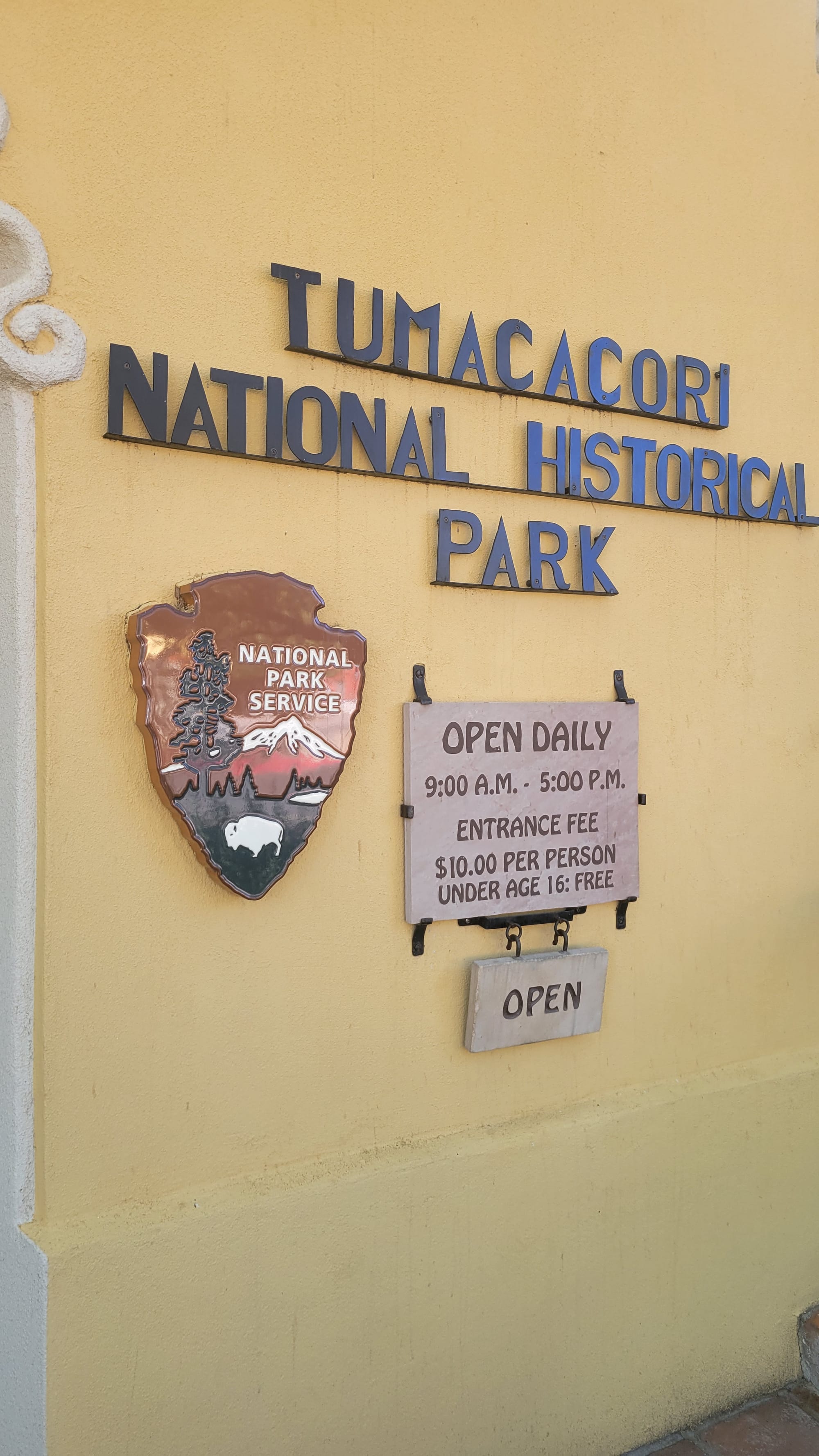
Tips for Visiting Tumacácori
Go early or go late. Midday sun makes the adobe glow, but the light is harsh and the place gets hotter than you think.
Take the trail. The short path out back connects to the Juan Bautista de Anza Trail. It’s a good way to step into the landscape instead of just looking at it.
Skip the rush. You do not need a full day here. However, don't just snap a photo and leave either. Give it thirty minutes, walk slow, and let the place hit you.
Check the visitor center. It has maps, exhibits, and a quiet indoor space with air conditioning. You’ll get a better sense of the people who lived here.
Pair it with Tubac. Tumacácori is close to Tubac, which has art galleries, food, and some shade. Easy to combine both in a short trip.
No crowds, no noise. Most people miss this spot on the way to Nogales or the border. That’s a good thing. Let them keep driving.


